What to Know Before Replacing Plumbing During a Home Renovation

Home renovations can be an exciting journey, but they often come with a few unexpected twists. Among the most critical aspects to consider is your plumbing system. It’s easy to overlook this vital component when planning your remodel, but neglecting it might lead to costly headaches down the line. If you’re contemplating plumbing repairs during this renovation, there are several key factors to keep in mind. From identifying signs that indicate replacement is necessary to understanding material options and budgeting effectively, being informed will help ensure a smooth process. Let’s dive into everything you need to know before tackling that plumbing overhaul.
Navigating through plumbing replacements requires careful thought and expertise to ensure long-lasting results that align with both functionality and aesthetics within your renovated space.
Signs That Indicate the Need for Plumbing Replacement
 Identifying when your plumbing needs replacement is crucial. Look for water stains on walls or ceilings, which can indicate leaks behind the scenes. If you notice a sudden increase in your water bill without an obvious reason, this could point to hidden issues. Another sign is inconsistent water pressure. If your faucets are sputtering or the flow seems weak, it might be time to assess your pipes.
Identifying when your plumbing needs replacement is crucial. Look for water stains on walls or ceilings, which can indicate leaks behind the scenes. If you notice a sudden increase in your water bill without an obvious reason, this could point to hidden issues. Another sign is inconsistent water pressure. If your faucets are sputtering or the flow seems weak, it might be time to assess your pipes.
Factors to Consider Before Replacing Plumbing
Before diving into a plumbing replacement, consider the age of your existing system. Older pipes may be more prone to leaks and clogs. Evaluate the layout of your home. A significant redesign might require relocating pipes, which adds complexity and cost. Check for any signs of damage or wear. Rusty joints or drips can indicate deeper issues that need addressing before new installations. Think about local building codes. Compliance is essential, and some areas have specific requirements for plumbing systems that you must follow.
Common Plumbing Materials and Their Pros and Cons
Copper is a popular choice for plumbing materials. It’s durable and resistant to corrosion. However, the initial cost can be quite high. PVC pipes are another option. They’re lightweight and easy to install. Plus, they don’t rust or corrode over time. But they can’t withstand extreme temperatures, which might be an issue in certain climates. PEX tubing offers flexibility and ease of installation as well. Its resistance to freezing makes it suitable for colder regions. On the downside, PEX may not hold up well against UV light exposure.
How to Budget for a Plumbing Replacement Project
Budgeting for a plumbing replacement project can feel daunting, but it doesn’t have to be. Start by assessing the scope of your renovation. Identify which parts of your plumbing system need attention. Next, gather estimates from multiple plumbers. This gives you a clearer picture of current market rates and helps avoid surprise costs later on. Don’t forget to factor in labor costs; skilled professionals may charge more, but their expertise is invaluable. Allocate additional funds for unexpected issues that might arise during the project. Old pipes or hidden leaks could turn up when least expected.
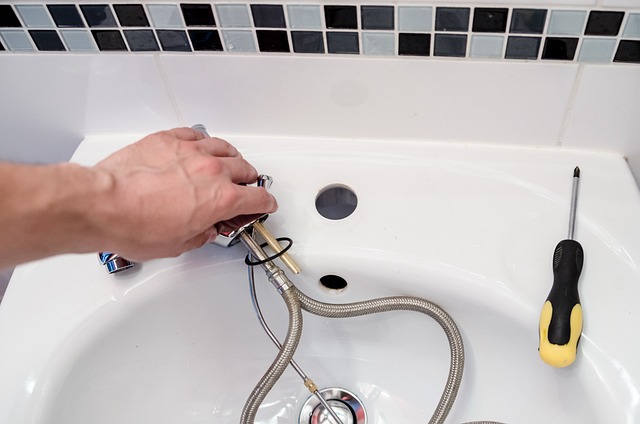
Tips for Maintaining Your New Plumbing System
Maintaining your new plumbing system is essential for longevity and efficiency. Start by regularly checking for leaks. Even small drips can lead to significant water waste over time. Next, be mindful of what goes down the drain. Avoid flushing anything other than toilet paper and human waste. Grease, food scraps, and personal hygiene products can cause clogs. Consider using drain strainers in sinks and showers to catch hair and debris before they enter the pipes. This simple step can save you from costly repairs down the line. Regularly inspect exposed pipes for signs of corrosion or wear. Address any issues immediately before they escalate into bigger problems.
In Conclusion
Proper planning and seeking professional guidance can make a significant difference in the outcome of your plumbing replacement during home renovations. Understanding the signs that indicate it’s time for an upgrade is vital, as it can save you from future headaches and costly repairs. Taking into account factors such as current plumbing conditions, local codes, and budget constraints ensures a smoother process. Knowing the pros and cons of common materials helps you make informed decisions tailored to your specific needs. Budgeting wisely will prepare you for any unexpected costs that may arise during the project. And once you’ve settled on a reputable plumber who understands your vision, you’re one step closer to achieving a successful renovation. Maintenance doesn’t end with installation either; taking proper care of your new system will prolong its lifespan significantly. Investing time upfront in understanding these aspects not only enhances efficiency but also adds value to your home.
…


 Before selecting a fencing option, it’s essential to identify its primary purpose. Are you looking for added privacy, security, a decorative element, or a combination of these? For instance, if privacy is a priority, a tall fence made from wood, vinyl, or composite materials might be ideal, as these offer limited visibility. If security is your main concern, you might consider steel or aluminum fencing, which is durable and challenging to breach.
Before selecting a fencing option, it’s essential to identify its primary purpose. Are you looking for added privacy, security, a decorative element, or a combination of these? For instance, if privacy is a priority, a tall fence made from wood, vinyl, or composite materials might be ideal, as these offer limited visibility. If security is your main concern, you might consider steel or aluminum fencing, which is durable and challenging to breach. While choosing a fence that meets your functional needs is essential, don’t overlook the aesthetic appeal. Your fence will be a visible part of your home and should complement your property’s overall style. For example, a rustic wooden fence is perfect for a traditional or country-style home, while a sleek metal or vinyl fence better suits a modern property.
While choosing a fence that meets your functional needs is essential, don’t overlook the aesthetic appeal. Your fence will be a visible part of your home and should complement your property’s overall style. For example, a rustic wooden fence is perfect for a traditional or country-style home, while a sleek metal or vinyl fence better suits a modern property.
 Smart thermostats are designed to optimize home climate by learning the inhabitants’ routines and preferences. Unlike traditional thermostats, these devices utilize machine learning algorithms to analyze data such as daily schedules, occupancy patterns, and local weather conditions.
Smart thermostats are designed to optimize home climate by learning the inhabitants’ routines and preferences. Unlike traditional thermostats, these devices utilize machine learning algorithms to analyze data such as daily schedules, occupancy patterns, and local weather conditions. In addition to enhancing
In addition to enhancing 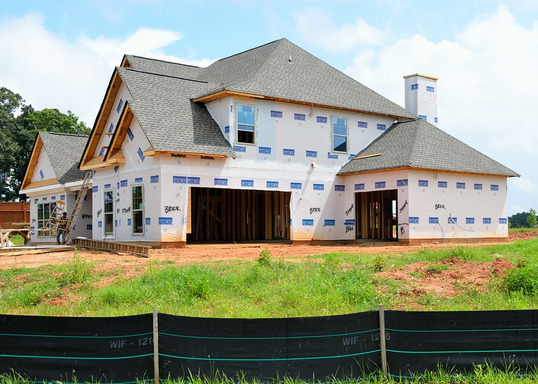
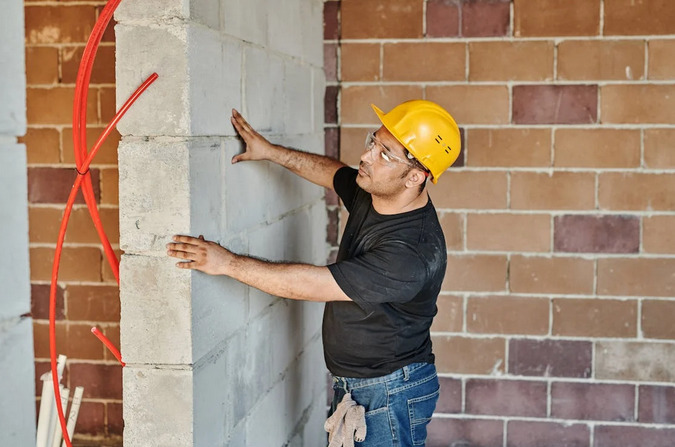
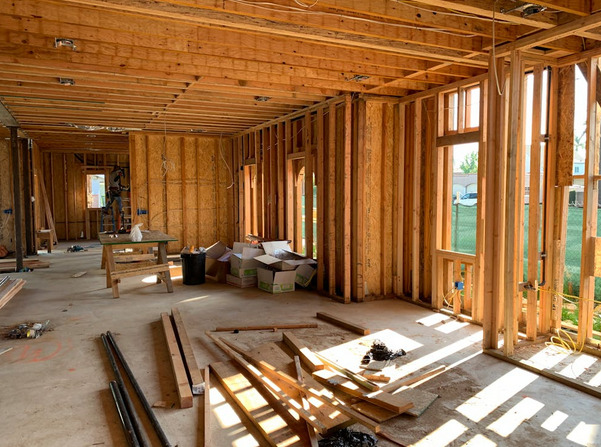
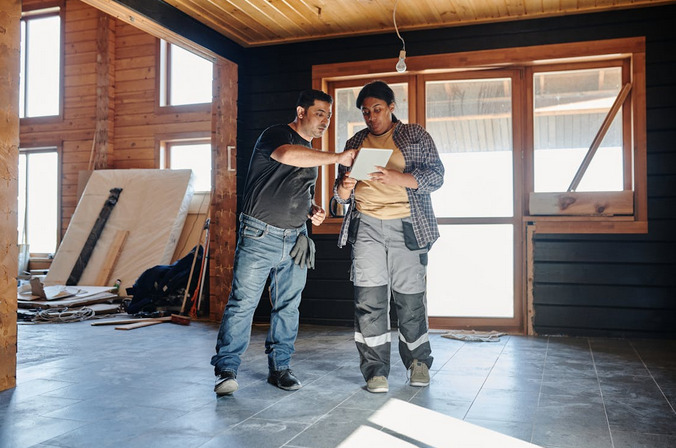




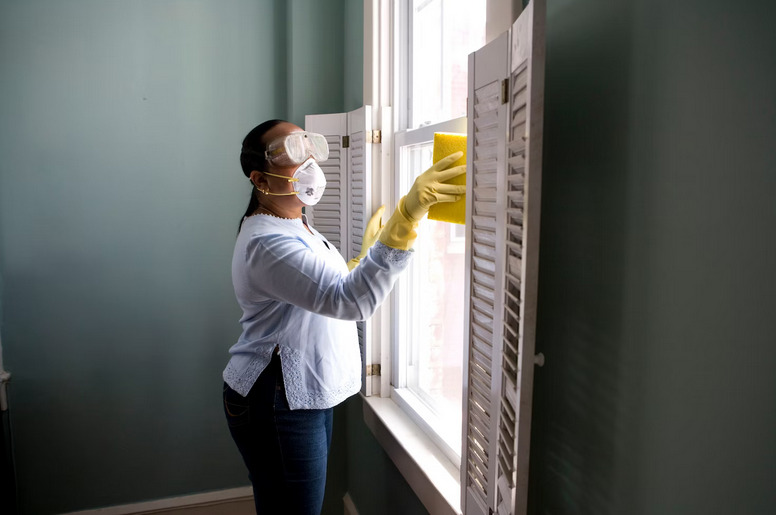
 While preventive measures are crucial, sometimes professional intervention is necessary. Consider hiring a reputable pest control service to address existing infestations or provide ongoing preventive treatments. They can offer customized solutions based on the specific needs of your home.
While preventive measures are crucial, sometimes professional intervention is necessary. Consider hiring a reputable pest control service to address existing infestations or provide ongoing preventive treatments. They can offer customized solutions based on the specific needs of your home.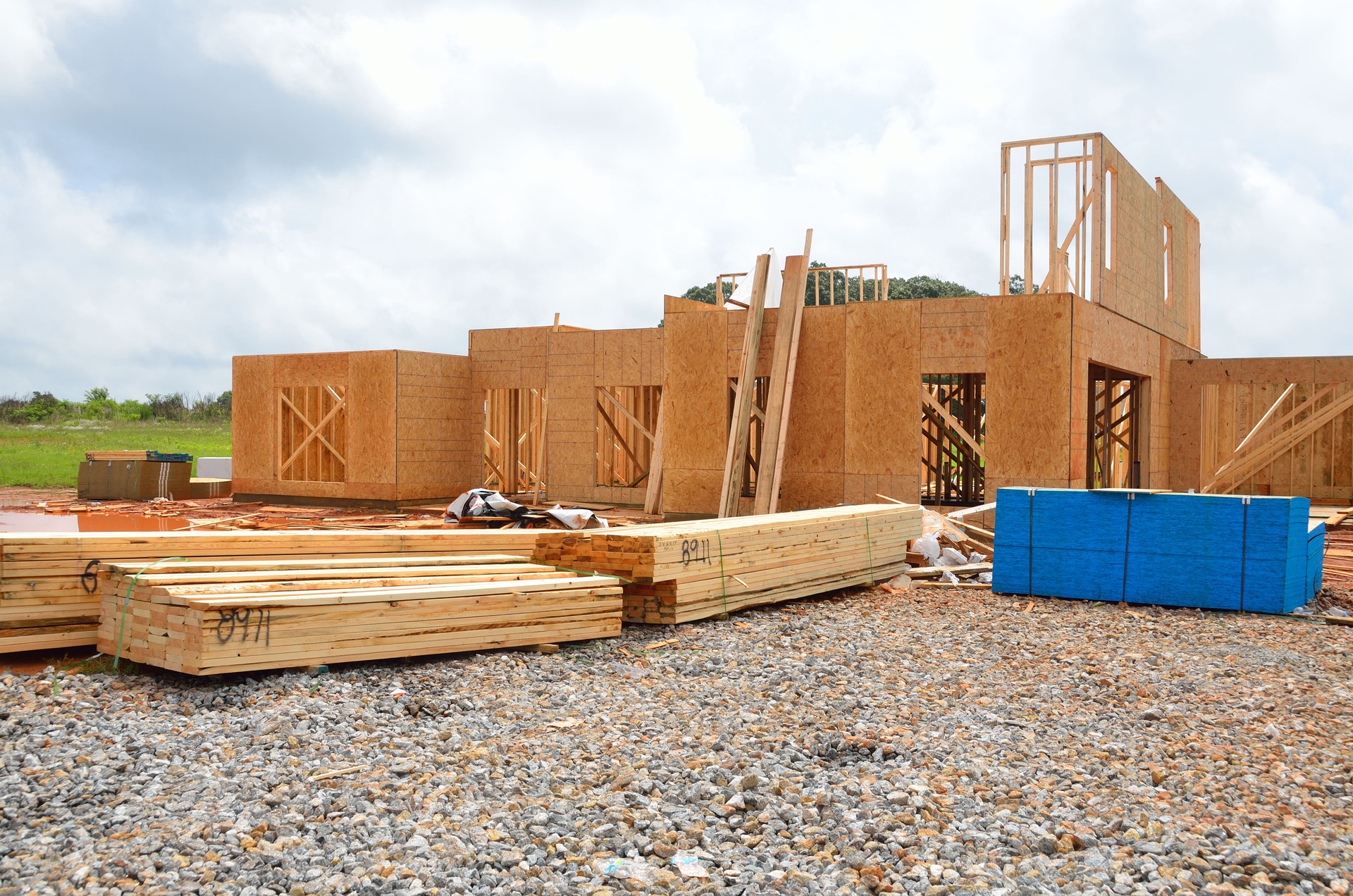
 Bamboo, often hailed as the “green gold” of sustainable building materials, is making waves in the construction industry. This versatile plant grows rapidly and can be harvested within a few years, unlike traditional hardwoods that take decades to mature. Its remarkable growth rate makes it an excellent renewable resource for home construction. But what sets bamboo apart from other materials is its impressive strength-to-weight ratio.
Bamboo, often hailed as the “green gold” of sustainable building materials, is making waves in the construction industry. This versatile plant grows rapidly and can be harvested within a few years, unlike traditional hardwoods that take decades to mature. Its remarkable growth rate makes it an excellent renewable resource for home construction. But what sets bamboo apart from other materials is its impressive strength-to-weight ratio.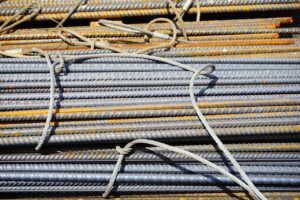 When it comes to eco-friendly home construction, one material that often gets overlooked is recycled steel. Not only does using recycled steel help reduce our carbon footprint, but it also offers numerous benefits in terms of durability and strength. By utilizing scrap steel from various sources like old cars or appliances, we can divert these materials from ending up in landfills. This not only helps conserve natural resources but also reduces the energy required for mining and refining new steel.
When it comes to eco-friendly home construction, one material that often gets overlooked is recycled steel. Not only does using recycled steel help reduce our carbon footprint, but it also offers numerous benefits in terms of durability and strength. By utilizing scrap steel from various sources like old cars or appliances, we can divert these materials from ending up in landfills. This not only helps conserve natural resources but also reduces the energy required for mining and refining new steel.


 Solar panels are becoming a popular upgrade for homeowners looking to increase their home’s value. Solar panels provide a great opportunity to save on electric bills and reduce your carbon footprint. But installing solar panels can also be an attractive selling point for potential buyers when it comes time to put the house on the market. Studies show that installing solar panels in a home can increase its value by as much as 4%. This makes solar panels a great option for homeowners looking to make an upgrade while also seeing a return on their investment. Many states and electric companies offer incentives for homeowners who decide to go solar, so look into those before making a purchase.
Solar panels are becoming a popular upgrade for homeowners looking to increase their home’s value. Solar panels provide a great opportunity to save on electric bills and reduce your carbon footprint. But installing solar panels can also be an attractive selling point for potential buyers when it comes time to put the house on the market. Studies show that installing solar panels in a home can increase its value by as much as 4%. This makes solar panels a great option for homeowners looking to make an upgrade while also seeing a return on their investment. Many states and electric companies offer incentives for homeowners who decide to go solar, so look into those before making a purchase.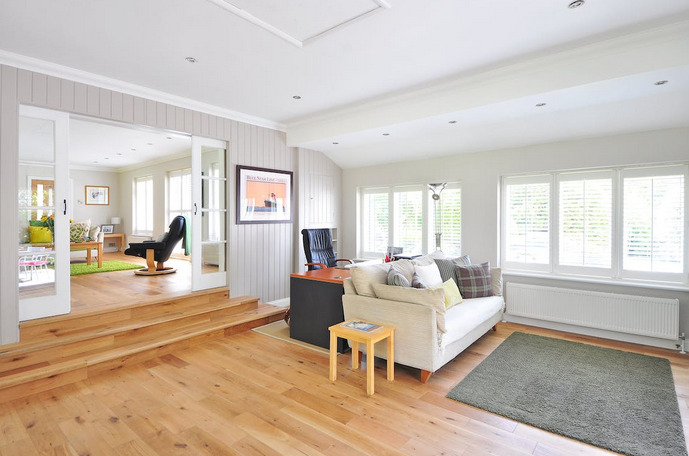

 Before you can start working from home effectively, you need to know the ground rules. First, check with your boss to see if working from home is an option for you. If it is, find out the expectations regarding hours worked and communication. Once you clearly understand the rules, you can start setting up your home office. If you don’t have a dedicated space in your home for an office, try to create a quiet, distraction-free zone where you can work. This may mean setting up a desk in a spare bedroom or using a living room corner.
Before you can start working from home effectively, you need to know the ground rules. First, check with your boss to see if working from home is an option for you. If it is, find out the expectations regarding hours worked and communication. Once you clearly understand the rules, you can start setting up your home office. If you don’t have a dedicated space in your home for an office, try to create a quiet, distraction-free zone where you can work. This may mean setting up a desk in a spare bedroom or using a living room corner.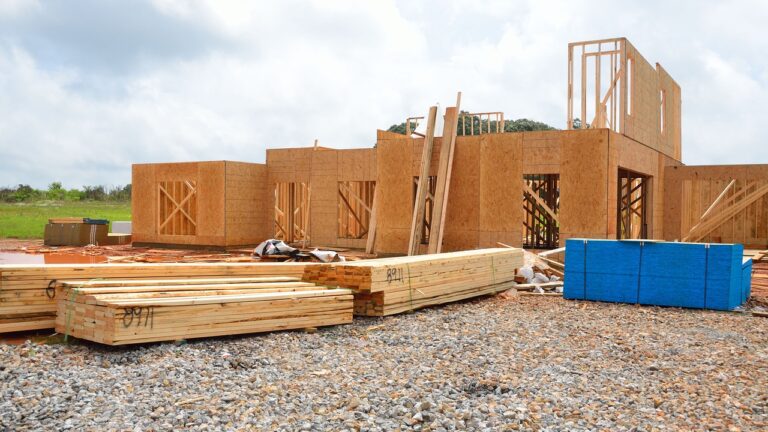
 The first step in buying a new home is planning your budget. Determining how much you can afford to spend is key to finding the right home for you. Don’t forget to factor in closing costs, moving expenses, and
The first step in buying a new home is planning your budget. Determining how much you can afford to spend is key to finding the right home for you. Don’t forget to factor in closing costs, moving expenses, and 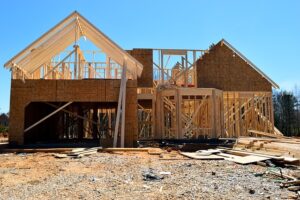 Once you have a final plan, you’ll need to order construction permits and hire a contractor. Be sure to get several bids from qualified contractors before making your final decision. Work with the contractor to establish a realistic timeline, budget and be prepared for some surprises. It is important to read the entire contract and ask questions about anything you do not understand. This is your home we are talking about, and you need to be comfortable with every aspect of the contract before signing. If you are thinking of building a new home, it is essential to plan. By considering these tips before you break ground, you can avoid many common mistakes and have a smoother construction process. We hope you found this blog post helpful. Thanks for reading.…
Once you have a final plan, you’ll need to order construction permits and hire a contractor. Be sure to get several bids from qualified contractors before making your final decision. Work with the contractor to establish a realistic timeline, budget and be prepared for some surprises. It is important to read the entire contract and ask questions about anything you do not understand. This is your home we are talking about, and you need to be comfortable with every aspect of the contract before signing. If you are thinking of building a new home, it is essential to plan. By considering these tips before you break ground, you can avoid many common mistakes and have a smoother construction process. We hope you found this blog post helpful. Thanks for reading.…
 When choosing an adjustable bed, the first thing you want to do is check out the different available features. It will help you decide which features are most important to you and which ones you can live without. The most common features include remote control, massage, and zero gravity. A remote control allows you to adjust the position of your bed without having to get up. What’s best about these beds is that some adjustable beds come with a massage function that can help you relax before bed. Aside from that, you can also enjoy the zero gravity feature, which can help you reduce stress and improve circulation.
When choosing an adjustable bed, the first thing you want to do is check out the different available features. It will help you decide which features are most important to you and which ones you can live without. The most common features include remote control, massage, and zero gravity. A remote control allows you to adjust the position of your bed without having to get up. What’s best about these beds is that some adjustable beds come with a massage function that can help you relax before bed. Aside from that, you can also enjoy the zero gravity feature, which can help you reduce stress and improve circulation. Last but not least, you want to make sure that the adjustable bed you choose has a legitimate warranty. If anything goes wrong with the bed, you can have it replaced or repaired. Most adjustable beds come with a five-year warranty, but some brands offer a more extended warranty of up to ten years. Adjustable beds are a great way to get a good night’s sleep. With so many different features and options available, it can be hard to know which one is right for you. But if you keep these tips in mind, you’ll be sure to find the perfect adjustable bed for your needs. Sweet dreams!…
Last but not least, you want to make sure that the adjustable bed you choose has a legitimate warranty. If anything goes wrong with the bed, you can have it replaced or repaired. Most adjustable beds come with a five-year warranty, but some brands offer a more extended warranty of up to ten years. Adjustable beds are a great way to get a good night’s sleep. With so many different features and options available, it can be hard to know which one is right for you. But if you keep these tips in mind, you’ll be sure to find the perfect adjustable bed for your needs. Sweet dreams!…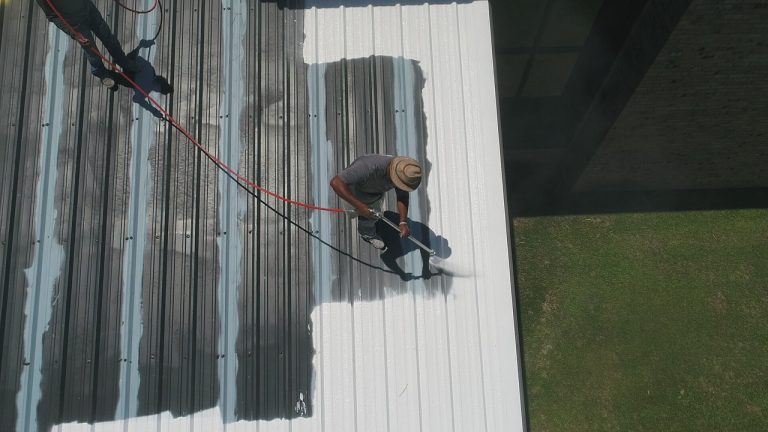
 Roofing contractors are experts in their field, and they can fix any roof. They know which types of roofs work best for the different kinds of weather conditions that you might experience, depending on where you live or if your home is commercial or residential. Professional roofers can also help you find the best deals on roofing materials. Since they work with various suppliers, they often know which companies offer the most competitive rates and who has what in stock at any given time so that your job will be finished quickly and efficiently.
Roofing contractors are experts in their field, and they can fix any roof. They know which types of roofs work best for the different kinds of weather conditions that you might experience, depending on where you live or if your home is commercial or residential. Professional roofers can also help you find the best deals on roofing materials. Since they work with various suppliers, they often know which companies offer the most competitive rates and who has what in stock at any given time so that your job will be finished quickly and efficiently. When you hire a roofing contractor, you must ensure they are licensed, insured, and bonded to avoid any liability that may arise. Injuries and damages may occur during the roofing, and if the contractor is not insured or licensed, you have to bear the burden. Luckily, professional roofers have the necessary insurance covers to take care of such issues. They are also licensed, thus meet the standards and guarantee you top-notch quality of work.…
When you hire a roofing contractor, you must ensure they are licensed, insured, and bonded to avoid any liability that may arise. Injuries and damages may occur during the roofing, and if the contractor is not insured or licensed, you have to bear the burden. Luckily, professional roofers have the necessary insurance covers to take care of such issues. They are also licensed, thus meet the standards and guarantee you top-notch quality of work.…





 Metal is 100% recyclable and can be used over and over again. By reusing metal, less mining is required, reducing the depletion of natural mineral deposits. An old metal roof can still be helpful and valuable and can be reused indefinitely. Metal roofs are usually made of steel and aluminum. Metal roofs are not limited to warehouses. Even large homes can be impressive with this type of roof. It is fire resistant and does not attract wood-eating insects like termites or ants. Installation can be difficult and quite expensive. It is an environmentally friendly option for roofing.
Metal is 100% recyclable and can be used over and over again. By reusing metal, less mining is required, reducing the depletion of natural mineral deposits. An old metal roof can still be helpful and valuable and can be reused indefinitely. Metal roofs are usually made of steel and aluminum. Metal roofs are not limited to warehouses. Even large homes can be impressive with this type of roof. It is fire resistant and does not attract wood-eating insects like termites or ants. Installation can be difficult and quite expensive. It is an environmentally friendly option for roofing.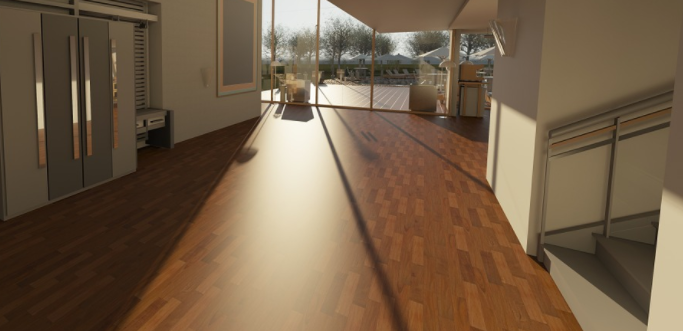
 You can add freshness to your home by using different linens for each season. In the summer, you can use ivory-colored sheets while choosing a pumpkin-colored sheet in the winter. With other sheets, you can give your room a completely different look. It will provide you with inspiration and comfort so that you can get on with your work. Use a neutral couch and neutral curtains. Even if you don’t have the money to redecorate your room every year, you can still put neutral curtains and a sofa in your home. They will give your room an excellent background.
You can add freshness to your home by using different linens for each season. In the summer, you can use ivory-colored sheets while choosing a pumpkin-colored sheet in the winter. With other sheets, you can give your room a completely different look. It will provide you with inspiration and comfort so that you can get on with your work. Use a neutral couch and neutral curtains. Even if you don’t have the money to redecorate your room every year, you can still put neutral curtains and a sofa in your home. They will give your room an excellent background. Use the neutral sofa and curtains as a blank canvas. The style of the sofa will determine the design of your room. You can change the look of your room by changing the lighting, color, and accessories. However, you cannot change the style of the room from traditional to modern. The best fabric for sofas should be linen or cotton. It is more durable and adapts better to the seasons. If it’s hot, you can roll up the fabric of a velvet sofa. The strongest influence on a room is color. Choose light colors in the spring and summer and earthy tones in the winter and rainy seasons. Earth tones are great because they give a feeling of warmth and comfort.
Use the neutral sofa and curtains as a blank canvas. The style of the sofa will determine the design of your room. You can change the look of your room by changing the lighting, color, and accessories. However, you cannot change the style of the room from traditional to modern. The best fabric for sofas should be linen or cotton. It is more durable and adapts better to the seasons. If it’s hot, you can roll up the fabric of a velvet sofa. The strongest influence on a room is color. Choose light colors in the spring and summer and earthy tones in the winter and rainy seasons. Earth tones are great because they give a feeling of warmth and comfort. You can put wall coverings on the walls of your room. Wallpaper is more expensive than paint, but you can still use it. You will need to hire an installer, as it can be challenging to put up wallpaper yourself. An excellent alternative to wallpaper is to accent a wall in your home with wallpaper. Decals are another superb option. Decals were originally intended for children’s rooms, but now there are great designs that you can use in adult rooms. Curtains help maintain the structure of the room. In spring and summer, use lightweight fabrics like linen or cotton chiffon. In winter, you can use heavier materials, such as velvet, to create a sense of warmth and drape. Thick cotton is the best choice if you don’t have time to change your curtains every season. It blends well and can be used in all seasons. You can also add interest to your curtains with embellishment. Add a bright ribbon to the bottom of your curtain. Save leather books and old boxes for the winter. Candles are ideal for winter. You can place fresh pine cones in a bowl. With these tips, you can beautify your home any time of the year.…
You can put wall coverings on the walls of your room. Wallpaper is more expensive than paint, but you can still use it. You will need to hire an installer, as it can be challenging to put up wallpaper yourself. An excellent alternative to wallpaper is to accent a wall in your home with wallpaper. Decals are another superb option. Decals were originally intended for children’s rooms, but now there are great designs that you can use in adult rooms. Curtains help maintain the structure of the room. In spring and summer, use lightweight fabrics like linen or cotton chiffon. In winter, you can use heavier materials, such as velvet, to create a sense of warmth and drape. Thick cotton is the best choice if you don’t have time to change your curtains every season. It blends well and can be used in all seasons. You can also add interest to your curtains with embellishment. Add a bright ribbon to the bottom of your curtain. Save leather books and old boxes for the winter. Candles are ideal for winter. You can place fresh pine cones in a bowl. With these tips, you can beautify your home any time of the year.…


 Ideally, your workplace should maintain a quiet area that permits you some solitude. This is particularly important when you share the home with a partner, kids, or roommates. You may discover that a spare room with a doorway can decrease noise from the remainder of the home if you will be on the telephone regularly. It may make sense to select a room close to the front entrance of the home if you will be meeting with customers in your home office. You may require a dedicated studio that is distinct from the remainder of your house should you want space to distribute tech or design gear.
Ideally, your workplace should maintain a quiet area that permits you some solitude. This is particularly important when you share the home with a partner, kids, or roommates. You may discover that a spare room with a doorway can decrease noise from the remainder of the home if you will be on the telephone regularly. It may make sense to select a room close to the front entrance of the home if you will be meeting with customers in your home office. You may require a dedicated studio that is distinct from the remainder of your house should you want space to distribute tech or design gear. You will do your very best work if any of them includes natural light. Warm light, like out of the firelight, promotes comfort. Cold mild, such as daytime, enhances productivity and endurance. That is exactly what you need in your house office. Windows and exposure to daytime may also affect your physical and psychological well-being. You may want to maintain a plant or two on your workspace as an extra touch that may enhance your well-being. Studies have demonstrated that using plants within a workplace can improve your productivity and make you happier while you’re working.
You will do your very best work if any of them includes natural light. Warm light, like out of the firelight, promotes comfort. Cold mild, such as daytime, enhances productivity and endurance. That is exactly what you need in your house office. Windows and exposure to daytime may also affect your physical and psychological well-being. You may want to maintain a plant or two on your workspace as an extra touch that may enhance your well-being. Studies have demonstrated that using plants within a workplace can improve your productivity and make you happier while you’re working. Employees in a house office are more inclined to overwork than people in a conventional workspace. Has some manner set up to monitor time in your workplace, while it is a clock on the wall or even the alert in your mobile phone? Tracking time will inspire you to split your workday efficiently, and it can allow you to keep regular work hours plus a wholesome work-life equilibrium.
Employees in a house office are more inclined to overwork than people in a conventional workspace. Has some manner set up to monitor time in your workplace, while it is a clock on the wall or even the alert in your mobile phone? Tracking time will inspire you to split your workday efficiently, and it can allow you to keep regular work hours plus a wholesome work-life equilibrium.
 When you bring your kitten home, you will need to keep it in a small place until it becomes familiar with its new surroundings. It could be your bedroom, bathroom, or another site that could be yours for a few days. During this time, be sure to give your kitten plenty of time and love, and attention. You could void his health guarantee, so be sure to schedule a check-up in advance. For the safety of any other pets, you may have, you’ll need to keep an eye on your kitten until he’s been checked by the vet and declared healthy. It won’t take long for Your cat to come together like two peas in a pod – or 3 or 4 peas, depending on how many furry friends you have!
When you bring your kitten home, you will need to keep it in a small place until it becomes familiar with its new surroundings. It could be your bedroom, bathroom, or another site that could be yours for a few days. During this time, be sure to give your kitten plenty of time and love, and attention. You could void his health guarantee, so be sure to schedule a check-up in advance. For the safety of any other pets, you may have, you’ll need to keep an eye on your kitten until he’s been checked by the vet and declared healthy. It won’t take long for Your cat to come together like two peas in a pod – or 3 or 4 peas, depending on how many furry friends you have!